
Tips for climbing mount Damavand
October 8, 2019
Top Trekking Iran Tours, Guide and Routes
March 29, 2020The Zagros Mountains extend from northwestern Iran to the south and coasts of the Persian Gulf. These mountains, with a length of over 1,400 kilometers and an average width of 350 kilometers, have a considerable impact on the implementation of cultural and adventure tours in Iran. Following this article, while highlighting the important role of the Zagros Mountains in the Iranian tourism industry, we present the potential of cultural and natural tours in this area.
The Zagros Mountains and its significance in Iranian culture and civilization
This mountain range (from northwest to southeast respectively) with extends to the provinces of West Azerbaijan, Kurdistan, Hamedan, Kermanshah, Ilam, Lorestan, Chaharmahal and Bakhtiari, Kohgiluyeh and Boyer-Ahmad, Fars, Khuzestan, parts of Bushehr and Bandar Abbas, covers more than a quarter of Iran’s area. This vast area, with mines, farmland, water resources and abundant rivers, rich vegetation and forests and vast ranches for livestock, now holds more than a quarter of Iran’s population.
The Zagros Mountains extend like a great wall against the air flowing from the Mediterranean to Iran and caused dryness in the central parts of Iran (the Lut Desert and the Dashte Kavir or Central Iranian Desert). But in the western parts of this mountain, especially in the highlands, thanks to heavy snow and rainfalls, we can see the lushness, surface and underground water and flooded rivers such as Sefidroud, Karkheh, Karoon, Zayandehrood, Arvandrood and Dez River. These huge rivers, that all of them are capable of kayaking, Rafting, and fishing tours, after moving to the south and Khuzestan province, fertile the province’s farms and form a large part of the basin of the Oman Sea and the Persian Gulf.
Despite these natural abilities, this region of Iran has been the place of creation of ancient civilizations and vast empires of the world, for thousands of years, such as the Medes, Parthians, Achaemenids, Sasanians, and Ashkanians. So that, so many ancient and cultural artifacts such as Takht Suleiman Collection, Ekbatan City, Bistoon Complex, Taq Bostan, Anahita Temple, Shooshtar Hydraulic Structures, Shoos Ancient City, Tchoqazanbil Ziggurat, and many other important Iranian artifacts remain today in various parts of the Zagros Mountains (7 UNESCO World Heritage Sites).
So, as we described these mountains that have been the creation place of Iranian civilizations for many years, nowadays, with their great natural and cultural abilities, the traditions of the Zagros people, their lifestyles, arts, and crafts, can be one of the most attractive destinations to run cultural trips and adventure tours in Iran. Following on, we introduce some of Zagros’s most fascinating cultural tours, as well as ski touring in untouched slopes, trekking tours on wild mountains, Family tours and camping in unique nature, mountain biking on the height of gravel road, rafting and kayaking in the roaring rivers, nomadic traveling with hospitable nomads, rural tours and walking on nice virgin villages and staying in Zagros traditional eco-lodges, to accompany you to the rich culture and pristine nature of this part of Iran.
Considering the vastness and extent of the cultural and natural attraction of this region of Iran, we introduce the applicable tours by the provinces from northwest to south. For ease of work, we divide this article to Three Parts and in part A, we describe Zagros northern province tours and attractions, and in the future posts, you can read about southern Zagros province tours and attractions.
The best Zagros cultural tours and adventure trips (Northern Provinces)
1. West Azerbaijan province
The province, with an area of over 37,000 square kilometers, lies just northwest of Iran and shares Iran’s border with four neighboring countries: Turkey, Iraq, Azerbaijan, and Armenia. The capital city of Urmia (meaning water) has a population of over one million (the population of the province is over 3 million). Its official language is Farsi, but the northern part of the province speaks Turkish and the southern part speaks Kurdish. The province dates back to more than 3,000 years ago, according to the discovered artifacts (the oldest wine clay pot in the world).
-
Armenian Monastic Ensembles or Church of Thaddeus:
This Armenian church, listed as the ninth UNESCO World Heritage Sites of Iran in 2008. It was built with a long history and several stages of reconstruction on the highest northern part of the Zagros Mountains, adjacent to a huge river made of black and white rocks. The importance of the church is that historians consider it to be the first Christian cathedral to be listed on the UNESCO World Heritage List. The church comprises two eastern and western courtyards and 47 rooms around them dedicated to the use of nuns, guards, a library and a dining room.
To reach this church, after leaving Urmia, head for Salmas and Khoy cities and cross the Chaldoran to the church road, after passing a mountain road you will reach the church.
-
Takht-e Soleyman or Azargashb Fire Temple:
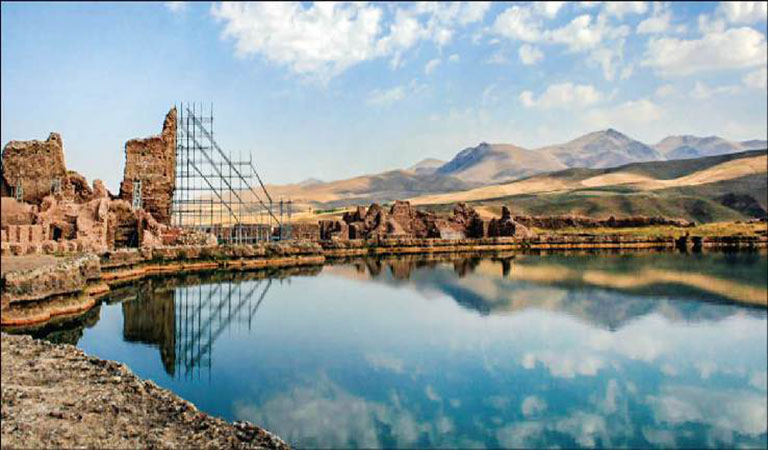
Takht-e-Soleyman Historical Complex – Iran’s Forth Registered UNESCO World Heritage Site
This monument was registered as one of the most important and renowned centers of Iranian history and civilization in 2003 as a fourth UNESCO World Heritage Sites in Iran. This historical complex includes the Natural Lake, the Azargashb Fire Temple, the Anahita Temple (Water Goddess), the Kingdom Hall and Palace, and other buildings. According to archaeologists, this collection dates back to the first millennium BC and has a great glory during the Sassanid era in Iran.
Suleiman Prison or Monsters Prison is the name of a volcanic hill with a crater about 80 meters deep and within 3 km of Takht-e-Suleiman complex. Locals believe that this deep volcano has been the prison of demons in the past.
The nearest route to Takht-e-Soleiman is from Zanjan city, and it takes 2 hours by car.
-
Urmia Lake:
With an area of over 2800 sq. km, it is the largest inland lake in Iran and the second-largest saltwater lake in the world. The water of this lake is mainly supplied by the rivers Siminahrood and Zarinehrood and is very saline (twice as saline as free ocean water). For this reason, no fish or aquatic creatures live in lake water (except for limited species of hard-skinned animals).
Urmia National Park placed around the lake, with an area of 2 hectares, and it is one of the 9 biosphere reserves in Iran and its vegetation and animals are highly protected.
During the years of dehydration, the lake water turns pink and red, and because of its high salt concentration, it can easily float on water.
-
Saholan Water Cave (Sahvalan):
This cave, located in the southwest of West Azerbaijan Province and 40 kilometers from Mahabad, and it is the second-largest water cave in Iran after Alisadr in Hamedan. The water depth of this cave, which is now accessible to the public today, reaches up to 60 meters in some areas but averages 25 meters deep. Its water is very clear and in some areas the bottom of the cave can be seen.
No fish or creature has ever been found in the cave’s water, but its roof and walls are hosts to many pigeons.
The cave is formed by calcareous water activity and in some places reaches up to 100 meters in height.
Archaeologists have discovered artifacts in the cave’s main hall dating back to 2000 BC, suggesting that humans lived in the cave in the past.
-
Khoshako Ski Resort:
that located 30 kilometers from Urmia, is one of the three ski resorts in northwest Iran in addition to Alvarez ski resort in Ardebil and Sahand ski resort near the Tabriz city. Khoshako ski slope has a 35-degree angle and has two lifts.
The slope is usually open from early January to mid-March and provides the perfect skiing space for the tourists who like to have short on-piste skiing more over their cultural sightseeing. Of course, the huge mountains around the resort with an average of 3400 meters above sea level and an average of -20 degrees centigrade, provide great potential for ski touring in Iran mountains as well as back-country skiing.
2. Kurdistan province
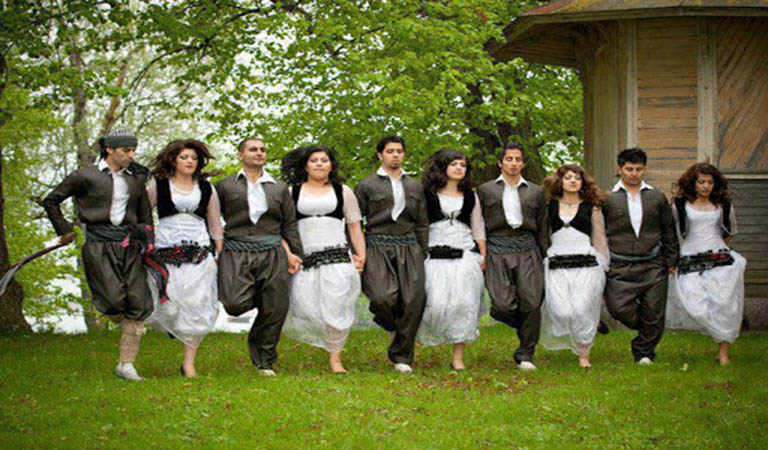
The people of Kurdistan are very happy and dancing at different ceremonies
Kurdistan, one of the western provinces of Iran, with an area of approximately 29,000 square kilometers, and a population of over 2 million, is completely mountainous and borders Iraq to the west. The Kurds are one of the famous branches of the Aryan blood that came to Iran from the east about 2000 BC and settled in the Zagros Mountains. The official language of Kurdistan is Persian, as in the whole of Iran, but the majority of its inhabitants speak Kurdish and its dialects are one of the branches of the Indo-European and Iranian languages.
Although the province of Kurdistan has many historical and archeological attractions, the main reason for its popularity is due to the culture, traditions, and customs of the Kurdish people.
Fortunately, the Iran Exploration team has a lot of experience in designing and performing Budget Tailor-Made and Private cultural and adventure tours in Kurdistan province as well as all over Iran.
In the “Feel Kurdish Lifestyle Tour”, by crossing the western provinces of Iran and homestay in the Kurdish countryside and familiarizing with their customs and traditions, and the “Orman Takht to Zarivar Lake Tour”, which is also applicable for hiking as well as family and camping tours in Iran, are two of the best tours in Kurdistan.
It is also possible to design and run private tours by your wishes in this province in different themes such as “Dance and Music Tours of Kurdistan”, “Festive Tours of Kurdistan”, “Daily Tours” and beautiful “Hiking Tours in Kurdistan” and so on.
3. Hamedan Province
Hamedan, Hegmataneh or Ekbatan (Old Name), known as the capital of Iranian history and civilization, is the capital of the province of Hamadan, west of Iran, at an altitude of 1,800 meters lies in the northern slope of the Alvand Mountains, which is one of the subdivisions of the Zagros Mountains.
Hamadan province, with an approximate area of 20,000 square kilometers and a population of 2 million, is one of Iran’s most attractive tourism provinces. Indeed, this province, with its cultural and historical sites alongside the beautiful nature and Alvand Mountain, can be the best destination for tourists interested in historical or adventurous trips to Iran, loneness.
According to historians, the city was founded by the Medes in the second millennium BC and was the capital of Median civilizations for hundreds of years. Located at an altitude of 1,800 meters, the northern slopes of the Alvand Mountains (from the Zagros sub-range) have mountainous climate and high rainfall and snowfall. The temperature in Hamadan varies from -30 ° C in the coldest winter days to 35 ° C in the summer.
Why visit Hamedan on a trip to Iran?
-
Hegmataneh or Ekbatan hill complex:
That dating back to the second millennium BC. The collection includes the Museum of Discovery, the Hegmataneh Old Town, the houses, the cemetery, and the Median history and civilization of the city.
-
The tomb of Ibn Sina or Avicenna:
An Iranian physician and scientist best known for his medical books today, and the Museum of Medicinal Plants built in the tomb.
-
Ganjnameh’s natural and historical complex:
Including inscriptions in ancient Persian, Elamite, and Babylonian since 2500 years ago, Ganjnameh Waterfall, Restaurant and Gardens Collection, Ganjnameh Telecabin, stretching up to 2400 Alvand Mountains.
-
Alisadr Water Cave:
The largest water cave in Iran is located 75 kilometers from Hamedan. Till now 11 kilometers of paths and corridors have been discovered, but only a 3-kilometer route is accessible to tourists. Much of the cave route can be accessed by pedal boats and the water inside the cave is crystal clear and is 25 meters deep at the deepest point, but the average depth is 4 meters. You can choose the “Feel Kurdish Life” tour to visit Alisadr Cave.
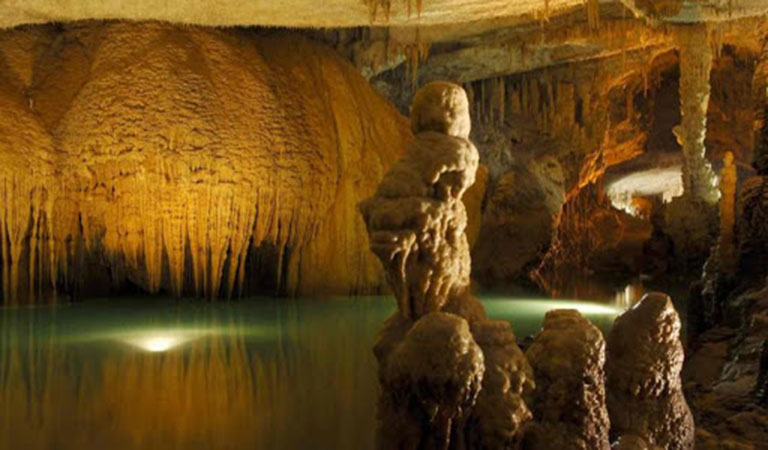
Alisadr Water cave will amaze you with its unique scenery
-
Alvand mountain range:
With has approximately 70 km long with an average altitude of 3500 meters above sea level, placed like a separator wall between Hamedan city and Kermanshah province. The Alvand Mountains, which are one of the Zagros Mountains sub-range, start from southern Kurdistan and continue to the borders of Lorestan province. Alvand Mountains, with more than 15 peaks above 3400 meters, is one of the best areas for ski tours in Iran. Also, if you’re interested in hiking, the Alvand Trekking Tour can be one of the best options in the spring and fall. Besides, the Tarikdareh Ski Resort in Hamedan, with an altitude of 3200 m and three lifts, can be an enjoyable adventure part of your Hamadan Trip.
-
Garin mountain Range:
The highest mountains of Hamadan province placed in the Nahavand city, which is a part of the huge Zagros Mountain Range with an average elevation of 3800 meters above sea level.
The Garin Mountains has an approximately 70 km long and started from south of Nahavand city, where the Gamasiab River spring fountaining, and continue to Boroujerd in Lorestan province.
With a great snowfall and the deep northern slopes, ski tour in the Garin Mountains of Hamadan is considered one of the best ski tours in Iran and Zagros mountains.
There are many rural and nomadic tours as well as beautiful family and camping tours here that you can choose from and enjoy Hamadan’s nature, culture, crafts, and souvenirs. “Lalejine Pottery Tour’, “Varkana Stone Village”, “Tuyserkan Walnut Gardens” and “Khangrams National Park and its Wildlife” are among the best tours of Iran in Hamadan province.
In the following posts, we will describe the cultural and adventure attractions in the southern provinces of Iran in the Zagros Mountains.

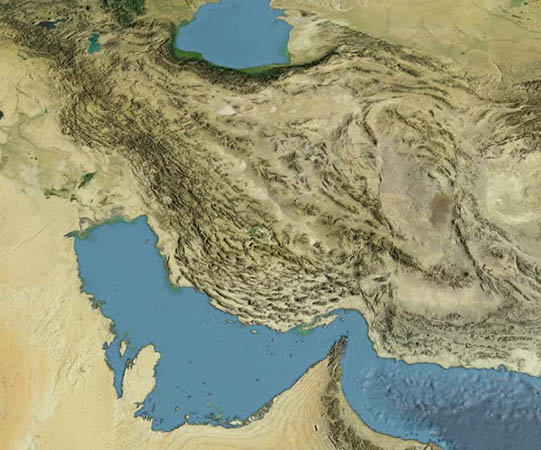


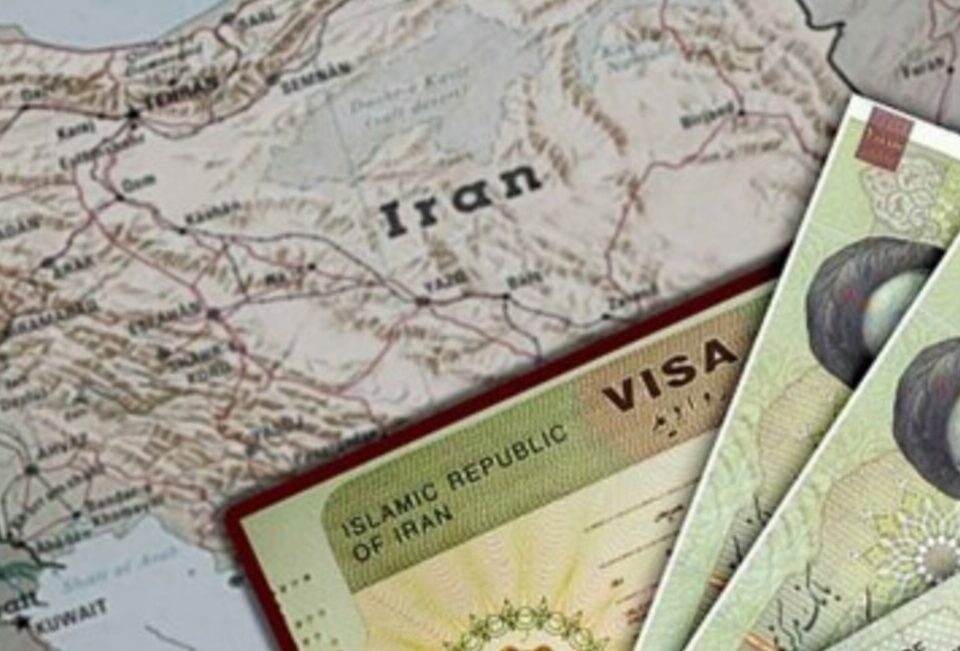
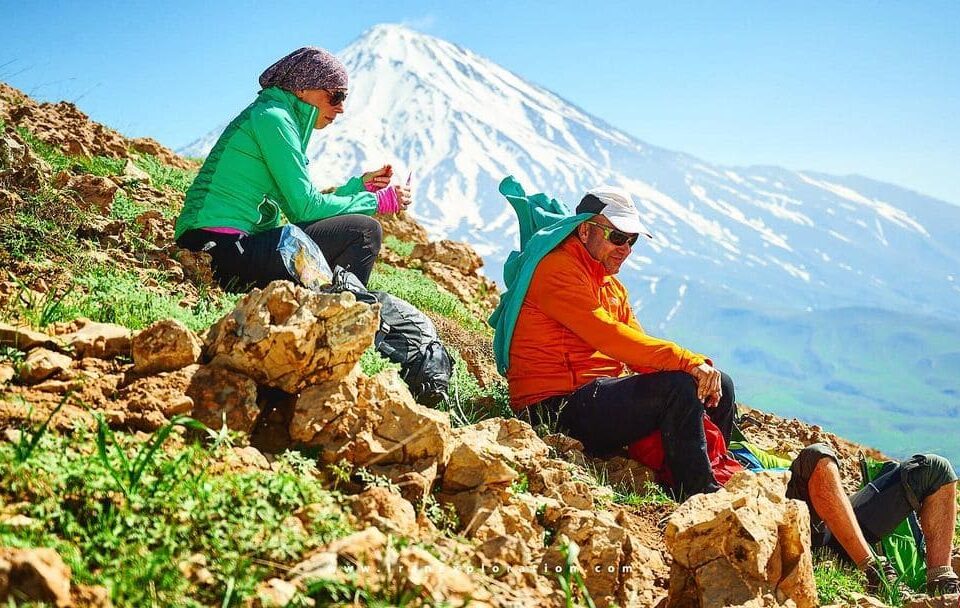
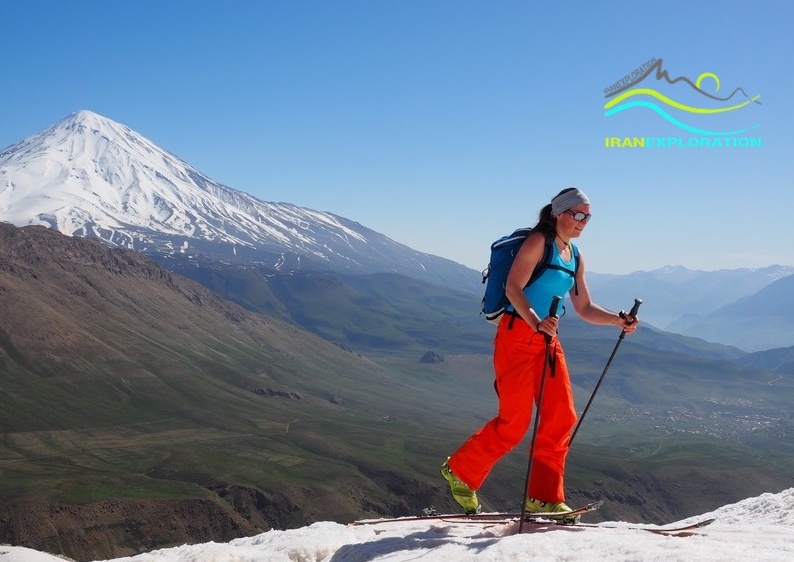
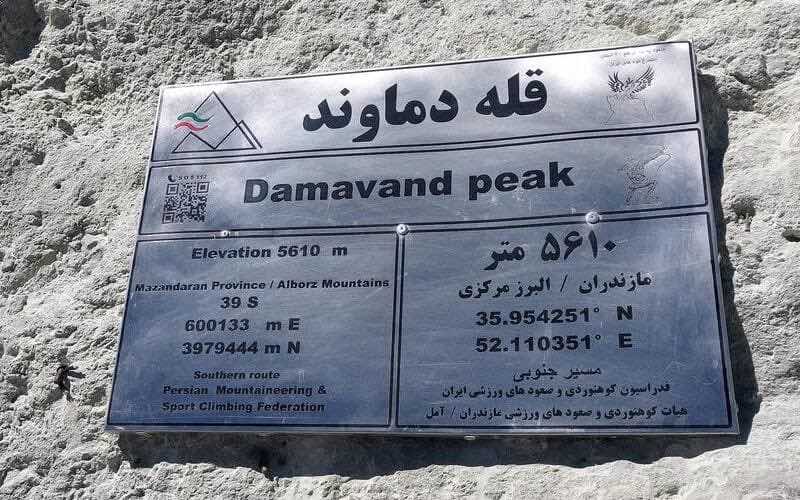

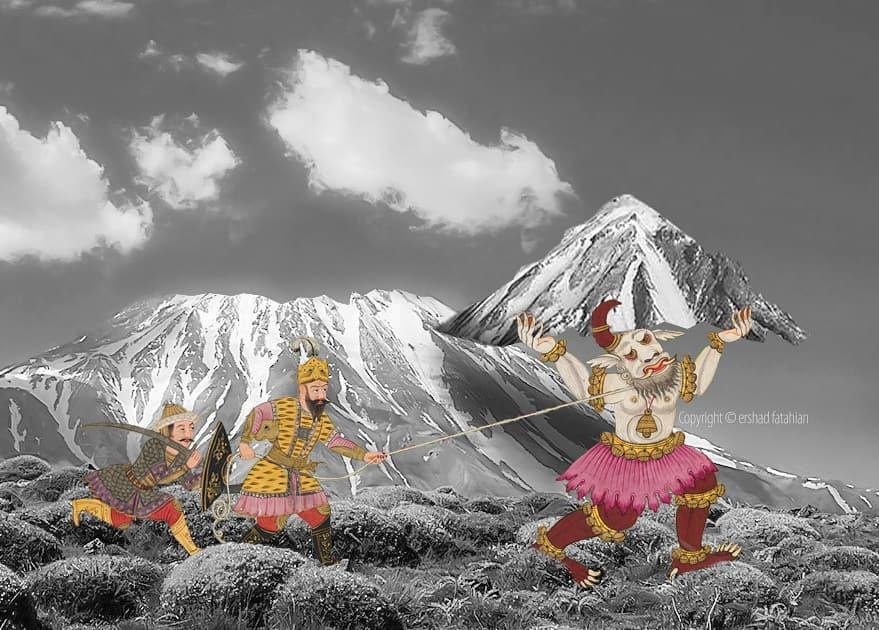
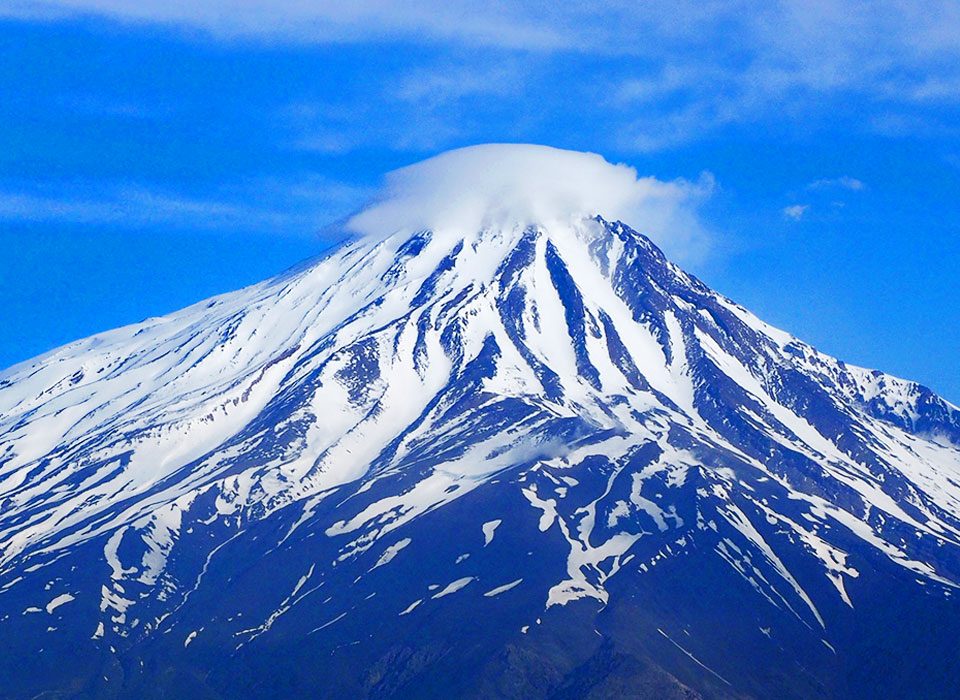
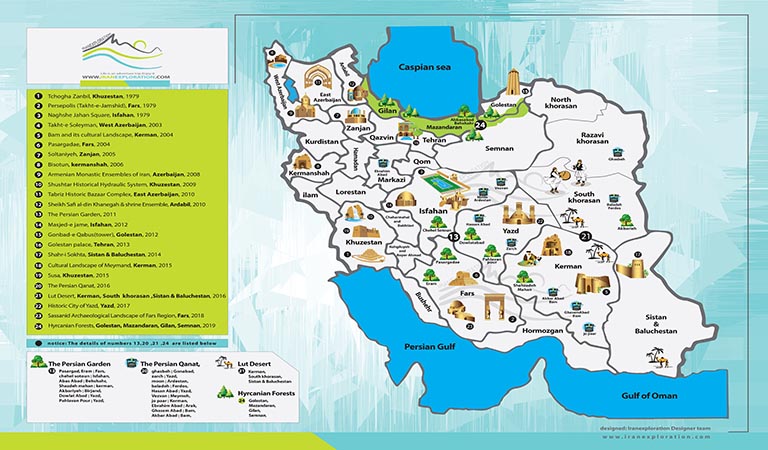
7 Comments
Like!! I blog quite often and I genuinely thank you for your information. The article has truly peaked my interest.
Are Zagros mountains high like the Alps?
Yes, nearly 1200 km lengthy from northwest to southeast with many 4000 m and 3000 beautiful summits, are formed Zagros mountans.
Nice content, I like to book the Zagros trekking tour.
Can you tell me how can get visa?
hey – my first time on this blog and i just had a desire to say hello and thanks for keeping it alive !
I like to visit Iran western and Zagros mountains, how can I find more info?
My brother recommended I might like this blog. He used to be entirely right.
This publication actually made my day. You can’t
consider just how a lot tie I spent on this information! Thank you!